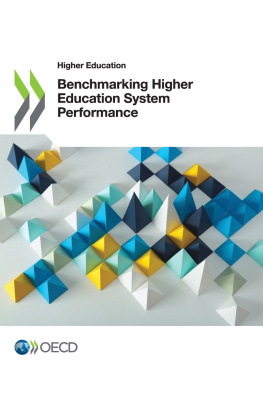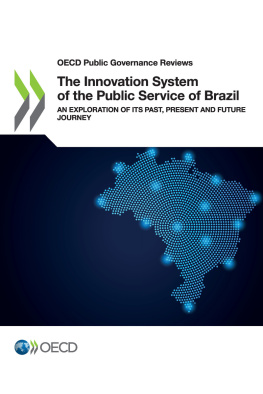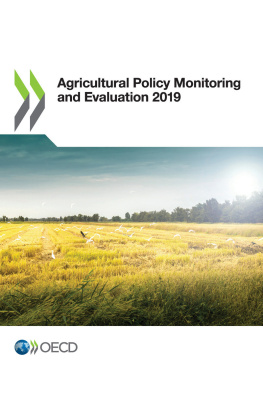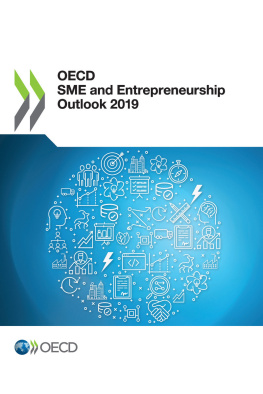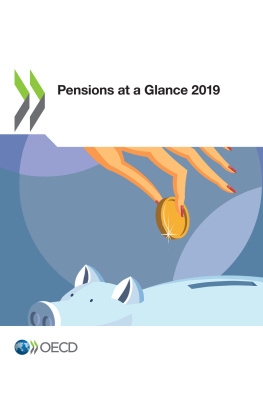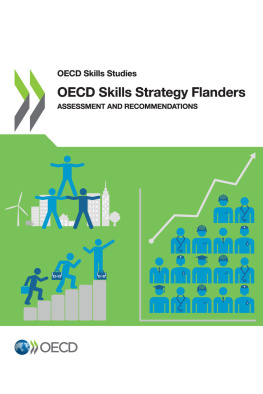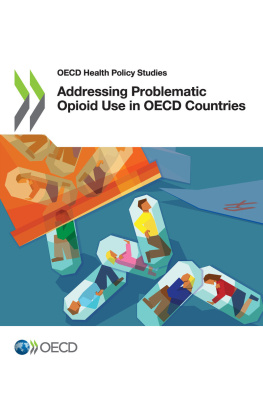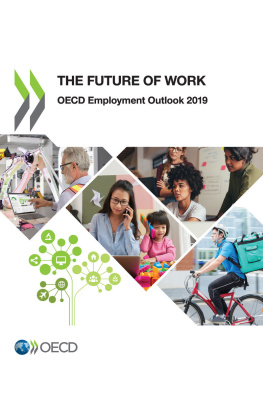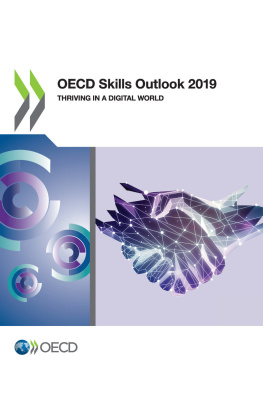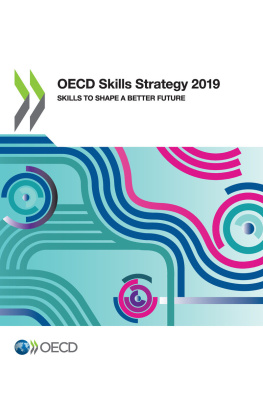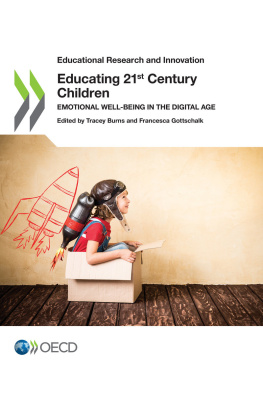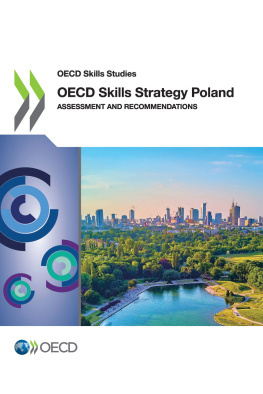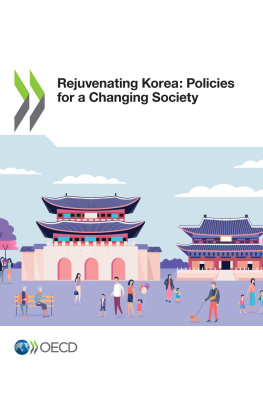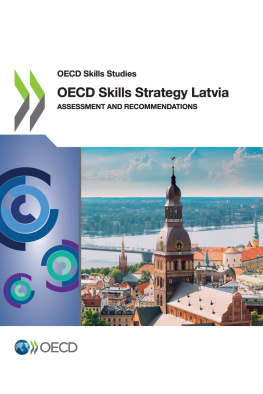OECD - Changing the Odds for Vulnerable Children
Here you can read online OECD - Changing the Odds for Vulnerable Children full text of the book (entire story) in english for free. Download pdf and epub, get meaning, cover and reviews about this ebook. year: 2019, publisher: OECD Publishing, genre: Children. Description of the work, (preface) as well as reviews are available. Best literature library LitArk.com created for fans of good reading and offers a wide selection of genres:
Romance novel
Science fiction
Adventure
Detective
Science
History
Home and family
Prose
Art
Politics
Computer
Non-fiction
Religion
Business
Children
Humor
Choose a favorite category and find really read worthwhile books. Enjoy immersion in the world of imagination, feel the emotions of the characters or learn something new for yourself, make an fascinating discovery.
Changing the Odds for Vulnerable Children: summary, description and annotation
We offer to read an annotation, description, summary or preface (depends on what the author of the book "Changing the Odds for Vulnerable Children" wrote himself). If you haven't found the necessary information about the book — write in the comments, we will try to find it.
OECD: author's other books
Who wrote Changing the Odds for Vulnerable Children? Find out the surname, the name of the author of the book and a list of all author's works by series.
Changing the Odds for Vulnerable Children — read online for free the complete book (whole text) full work
Below is the text of the book, divided by pages. System saving the place of the last page read, allows you to conveniently read the book "Changing the Odds for Vulnerable Children" online for free, without having to search again every time where you left off. Put a bookmark, and you can go to the page where you finished reading at any time.
Font size:
Interval:
Bookmark:
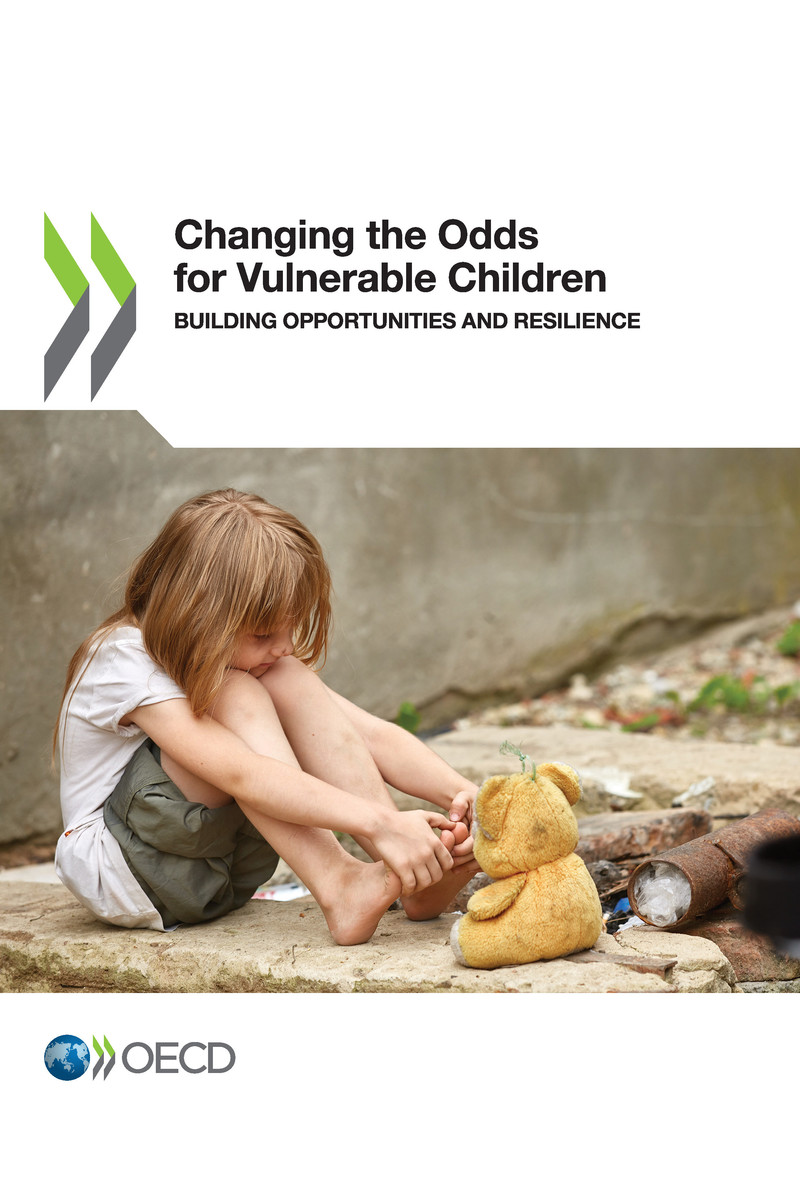
OECD (2019), Changing the Odds for Vulnerable Children: Building Opportunities and Resilience , OECD Publishing, Paris, https://doi.org/10.1787/a2e8796c-en .
The OECD has been at the forefront in documenting the rising levels of income inequality and the widening gap in terms of access to opportunities that have marked the past three decades. It has also taken a leading role in proposing policy approaches that can help countries make the turn towards more inclusive models of growth. The data make for a sobering read: the average disposable income of the richest 10% of the population is now around nine and a half times that of the poorest 10% across the OECD, up from seven times 25 years ago. Wealth inequality is even more pronounced, with the top 10% owning half of total wealth, while the bottom 40% holds only 3%. The concentration of income, opportunities and assets at the top of the distribution partly reflects the fact that tax and transfer systems have become less progressive in many OECD countries over the past decades. In many emerging and developing countries, inequalities remain large and the institutional developments required to provide effective social safety nets remain slow to take off the ground.
Childhood is a crucial moment in the development of individuals. Childhood is also a critical issue for societies and economies, as it determines the formation of human and social capital. Inequality in childhood means inequality across the life-cycle. Children who grow up in poor families have less access to quality education and health care. As young people, they are likely to enter the labour market at an earlier age than their peers and take up low-skilled jobs at a time when technological change and globalisation are increasing the returns to education. Furthermore, low-skilled workers receive much fewer opportunities to upskill and retrain: only 20% participate in job-related adult learning compared to 37% and 58% of medium- and high-skilled workers.
OECD evidence shows that we are facing a persistent gap in opportunities between the children at the bottom of the income distribution and the children at the top. This is fuelled by the growing inequality in parents resources and the quality of childrens home environments. As a group, children in affluent families receive far more investment in parenting and education than ever before. However, societies that let children from less fortunate households fall behind and fail to improve their chances of success pay a heavy price. According to the 2018 OECD report A Broken Social Elevator? reduced social mobility is now a feature of our societies. On average across the OECD, it would take between four and five generations (i.e. up to 150 years) for a child born into a low-income family to reach the average level of income. Left unchecked, these gaps will further widen and create greater economic and social polarisation. Already the political consequences of such dynamics can be seen in many countries, expressed through citizens distrust of institutions and an overriding sense of discontent with the deal they have been given.
In response to this, the OECD has called for a new growth narrative that puts peoples well-being at the centre of policy and moves beyond GDP as the sole metric of success. Through its Well-being Framework, New Approaches to Economic Challenges and Inclusive Growth initiatives, the OECD has sought to upgrade its analytical models and measurement tools to better understand the functioning of our economies and to promote policies that integrate considerations of equity ex-ante . The OECD has also developed a Framework for Policy Action on Inclusive Growth , which offers governments concrete guidance on how to design and implement policies that will give all people, firms and regions the opportunity to thrive particularly those that are struggling or have been left behind.
The OECD has also placed the issue of inequalities and the need for inclusive growth at the heart of the international agenda, where it has helped inform the work of the G7 and G20.
The present OECD report, Changing the Odds for Vulnerable Children: Building Opportunities and Resilience, makes an important contribution to the first pillar of the Framework for Policy Action on Inclusive Growth : Investing in people and places left behind. In doing so, it highlights the fact that children are vulnerable for different reasons and outlines the individual and environmental factors at play. It calls on countries to develop child well-being strategies that prioritise the needs of vulnerable children. It recommends six key policy actions around which to promote child well-being. These policies actions aim to reduce risks and strengthen protective factors, thereby enabling children to build greater resilience. They are designed to reach vulnerable children early in life, when it matters most, and include policies targeted at increasing childrens educational success and empowering vulnerable families.
The analysis underscores the decisive role that childhood experiences play in shaping adult outcomes and the importance of providing children with the support they need to successfully overcome early-life disadvantage. Young children under three suffer heavily from family stress and material deprivation. Conversely, they benefit the most from early childcare and education (ECEC) interventions and time away from the home environment. Yet, children from low socio-economic households have far less access to ECEC, in some countries only half as many of them attend as their more fortunate peers. Maltreatment in childhood undermines adult economic self-sufficiency later in life and is a strong predictor of poor adult mental health. The quality of out-of-home care informs young adults level of educational attainment and preparedness for the labour market.
We have found that rising inequalities have an adverse impact on child well-being. Higher inequality is linked with greater psychological distress and poor mental health among adolescents; where children rank economically amongst their peers matters a lot. The inter-generational transmission of mental health is strongest for children in lower socio-economic households. A larger share of children with disabilities live in low socio-economic households.
Font size:
Interval:
Bookmark:
Similar books «Changing the Odds for Vulnerable Children»
Look at similar books to Changing the Odds for Vulnerable Children. We have selected literature similar in name and meaning in the hope of providing readers with more options to find new, interesting, not yet read works.
Discussion, reviews of the book Changing the Odds for Vulnerable Children and just readers' own opinions. Leave your comments, write what you think about the work, its meaning or the main characters. Specify what exactly you liked and what you didn't like, and why you think so.


